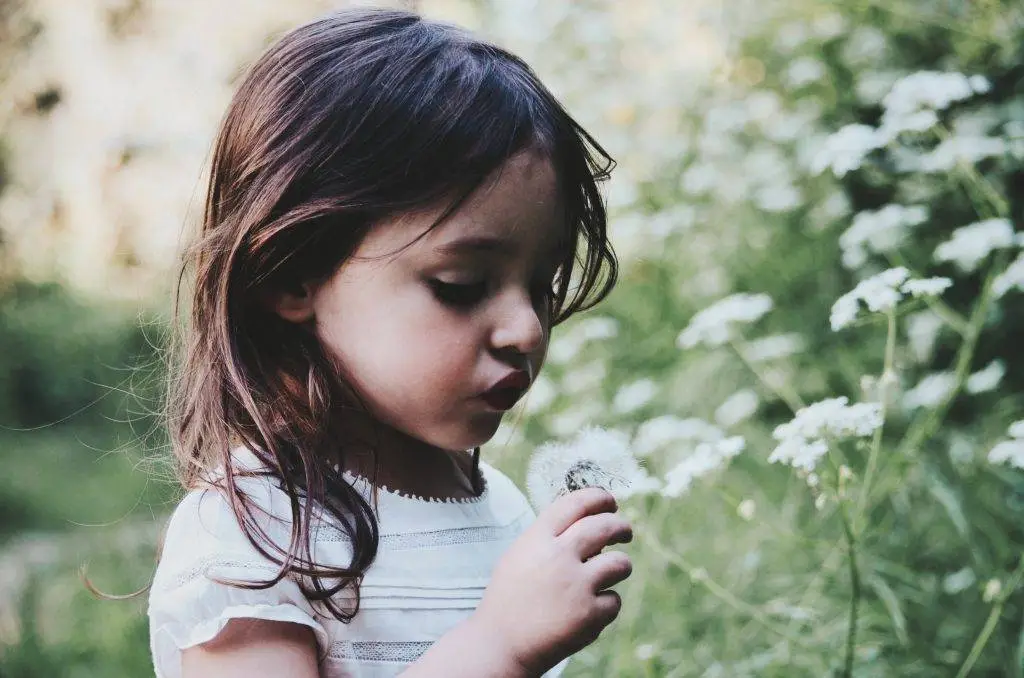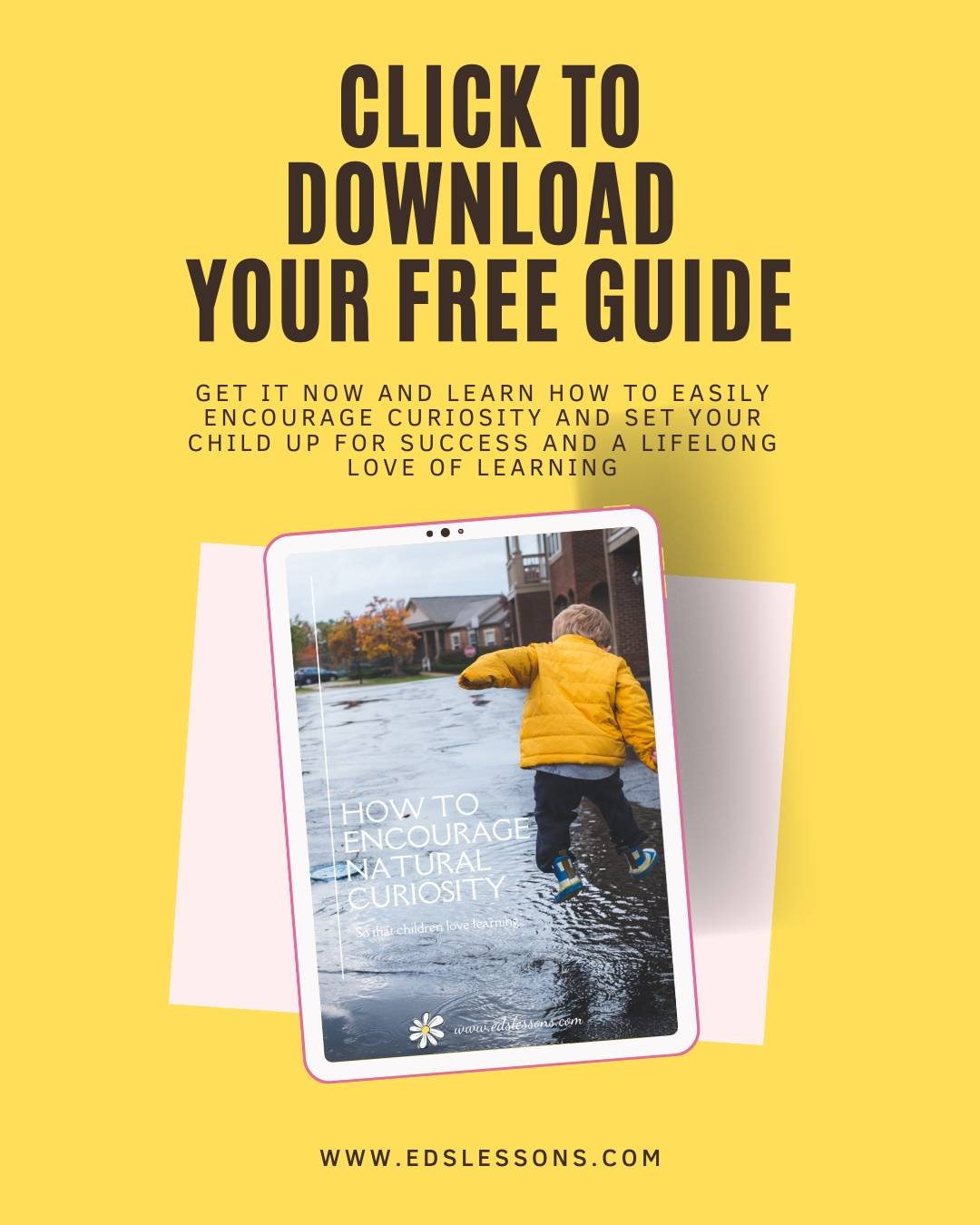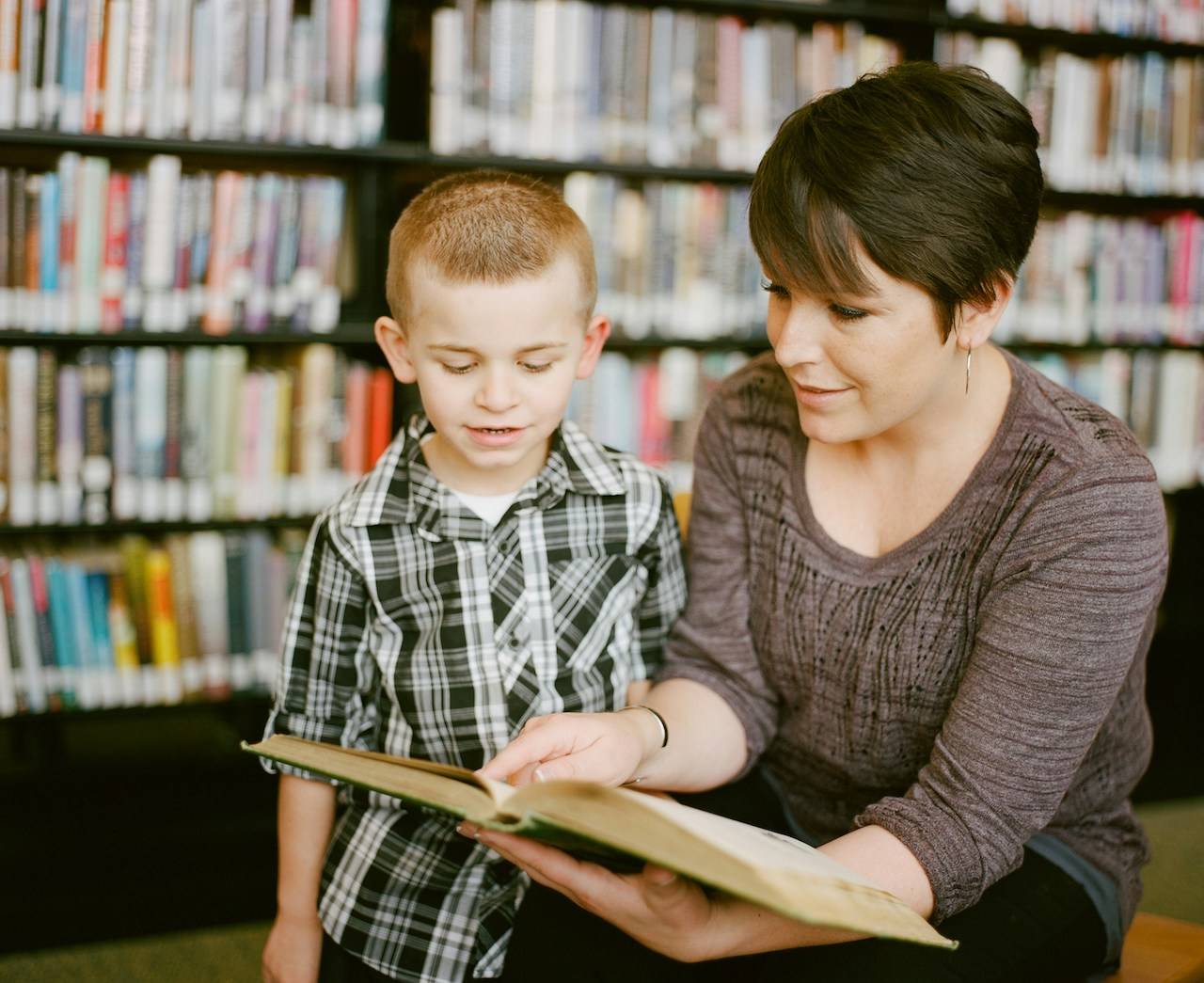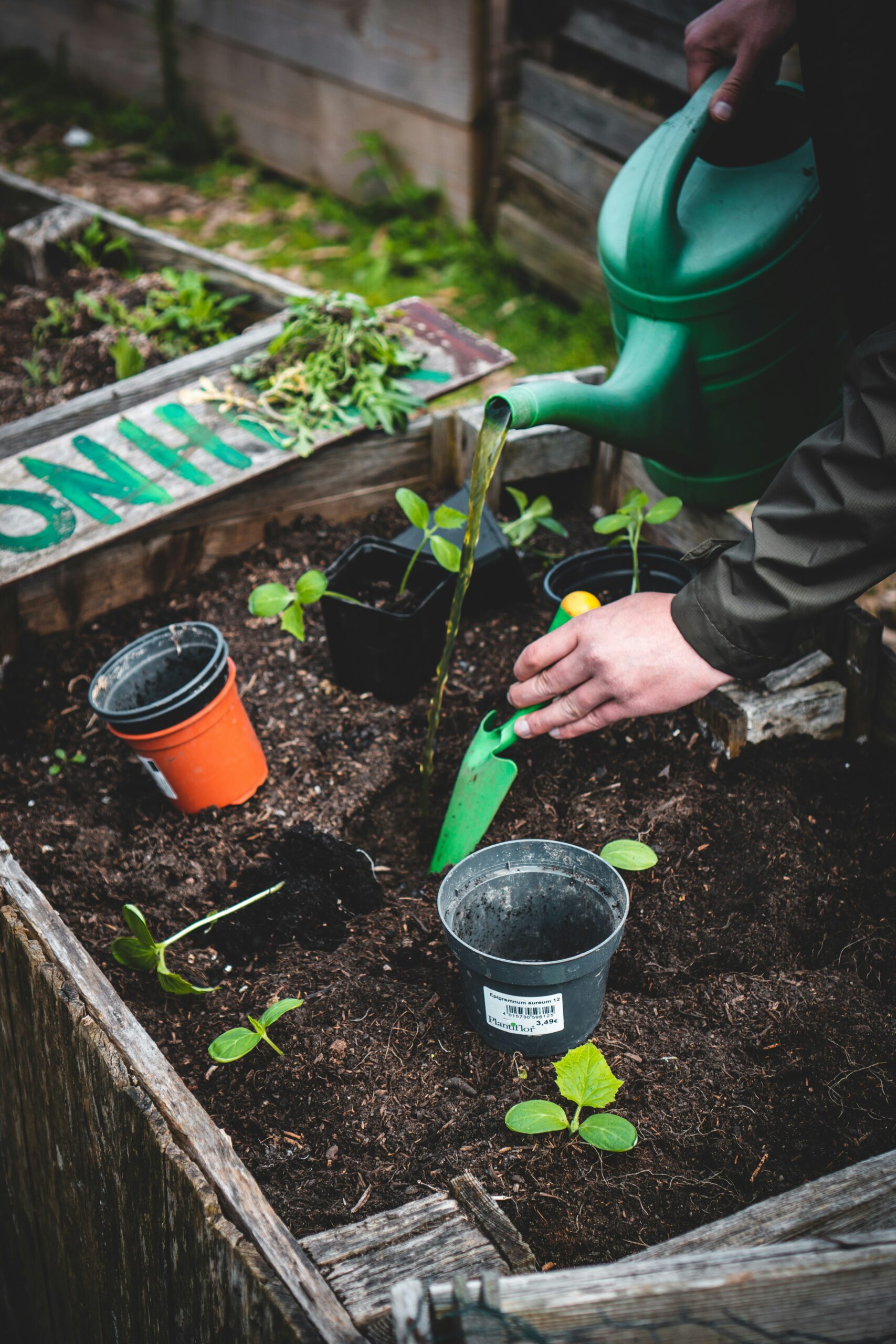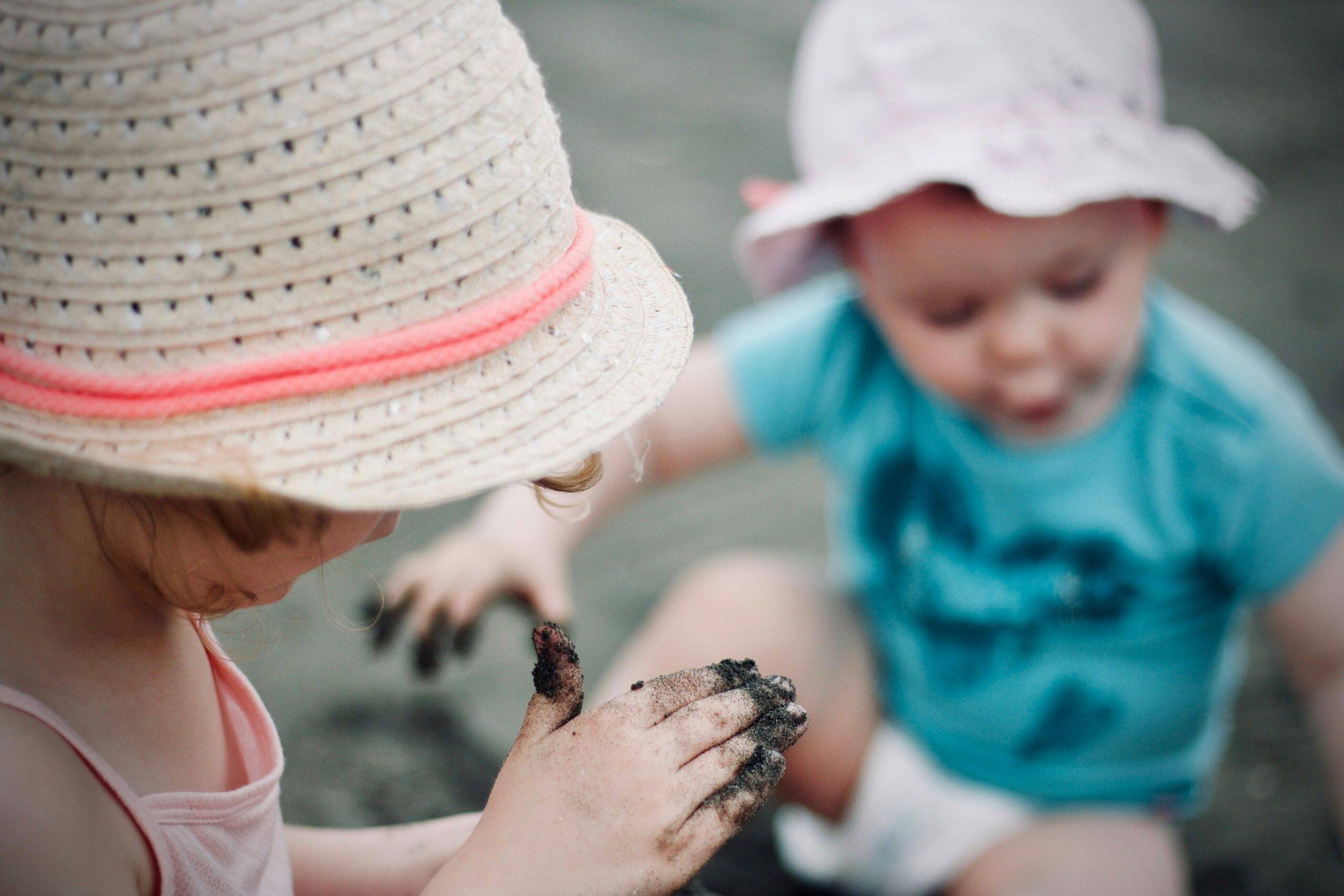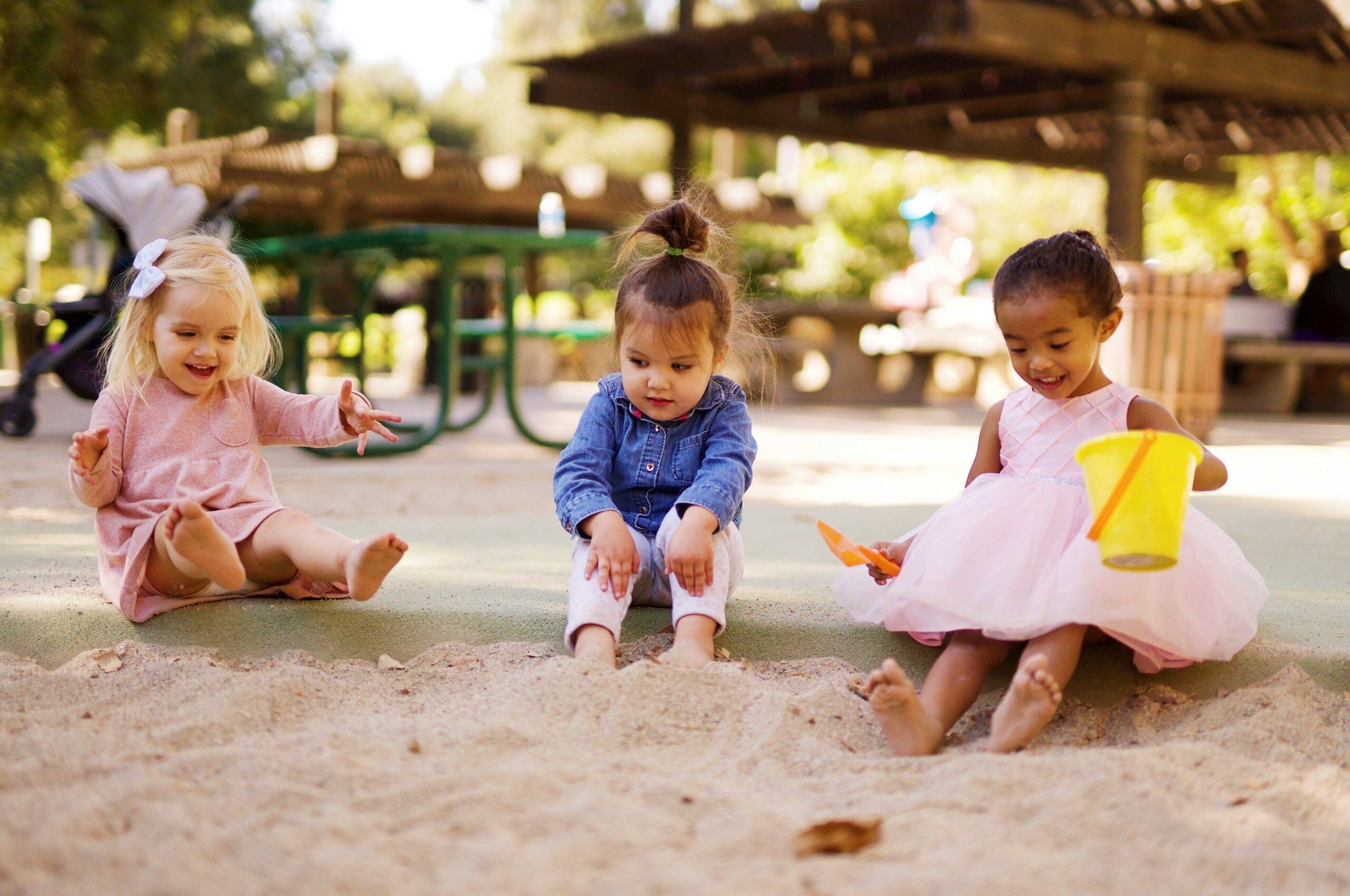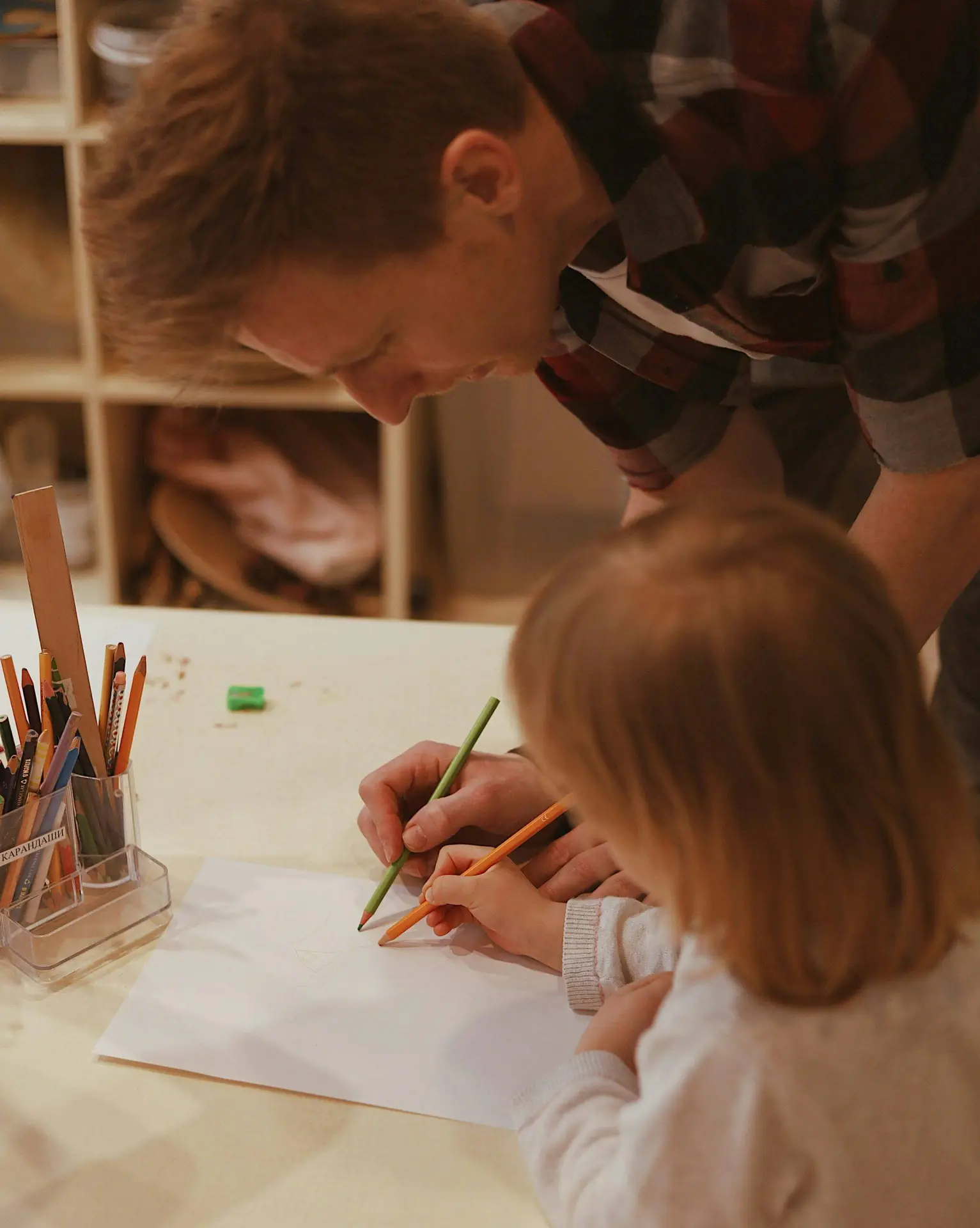Some of the links below may be affiliate links. This means that, at zero cost to you, I will earn an affiliate commission if you click through the link and finalise a purchase. All product recommendations are products that I have used and loved, or products that I would recommend based on experience.
Why it is important to include inquiry into kid’s daily lives?
Inquiry has the power to create inquisitive, thinking, questioning children and eventual adults.
It makes a difference to children’s desire to learn.
A desire to learn is the first step to successful and enjoyable learning.
Here are four simple steps that teachers and parents can do to help integrate inquiry into the daily lives of children.
Simple steps to include inquiry into kids’ daily lives
1. Sharpen your powers of observation and model it to your children
Observation is part of our everyday life, and it is crucial to us as parents and teachers to understand our children and their needs. In terms of encouraging inquiring minds, we need to model observation to our children so that they become interested in the world around them.
Let’s create a scenario.
Imagine you are walking down a path with a child. Around you there are plants, perhaps a ladybird or butterfly on a flower or leaf, a bird hopping on the path ahead. There may be a car or two passing by. As you walk what do you do? If you just walk silently, nothing happens. If the child is lucky, they might have curious personalities and stop to ponder the ladybird on the leaf. They see it but nothing further happens. You continue walking on, enjoying your walk.
Now imagine as you approach and spot the ladybird on the leaf you model awe and wonder and interest.
“Wow! Look at this ladybird! Do you see the spots on its wings? What’s it doing?”
Or there could be an interesting plant, that you could touch if safe to do so.
You could say something like, “Feel these leaves…they’re spiky, aren’t they?”
And if the plant or flower has a scent, smell it and name it if you know the plant’s name.
Now what has your child learnt? Here are just a few new learnings…
- How to observe and be excited by the world around them by following your example.
- They have expanded their schema https://www.educationcorner.com/schema-theory/ – schema is the way we store information in our memory banks so that we can retrieve it easily when we need to make sense of something in the future.
- They have learnt new vocabulary.
- They have used their sense of touch, sight and smell to build their understanding – thereby developing greater pathways in the brain. Have a look at this simple video https://www.youtube.com/watch?v=hMyDFYSkZSU to learn how a child’s brain develops in the early years.
- They are developing an appreciation for the natural world.
Read more about the power of observation in my post here.
2. Ask questions
You probably noticed in the example above that an important part of helping your children to think, is to ask questions. The questions you ask should provoke thought and wondering. Download my free e-guide with helpful tips on developing curiosity and a love for learning through everyday experiences including a list of curiosity provoking questions.
When questioning, consider the age of the child. For a toddler or young child, you might ask as they touch the leaf of a plant, “How does it feel?” Then you would respond so that they can learn the word associated with the texture of the leaf, “See it’s spiky. Feel that? Yes, spiky, ouch!”
For an older child, once they have seen the lady bird you could ask, “I wonder what kind of animal a ladybird is? See, what is it eating? I wonder if all ladybirds have the same number of spots on their wings?” “We should look it up when we get home.” And just like that you have opened a world of inquiry and discovery.
3. Find the answers to the questions
Returning to our example, for a very young child or a toddler, perhaps you might read a story about a ladybird like The Grouchy Ladybug by Eric Carle or this Ladybugs book for young children. For older children (5- to 8-year-olds) The Ultimate Bugopedia is a fantastic read or go online to National Geographic Kids https://www.natgeokids.com/au/discover/animals/insects/ladybird-facts/
4. Take the learning further
Children are naturally curious so providing opportunities for them to explore and encourage their curiosity is important for their development and learning. Their curiosity can be taken even further when they are encouraged to express their learning in creative ways. This is only limited by the resources available to them.
What kinds of activities could they do? Let’s continue our ladybird theme as an example.
- Draw or paint ladybirds
- Make some play dough or use plasticine to create ladybirds – focus on the information you read to have the correct number of legs (insects have 6 legs remember?)
- Design and create a ladybird using recycled materials
- Create a stop-motion project – if you are going to use technology, you may as well use it to learn something! Stop motion is a creative way to use technology to make simple movies. Check out this page to learn more https://techwiser.com/stop-motion-apps-kids-mobile-pc/
- Write and illustrate their own non-fiction information book about ladybirds or even their own fictional picture book. In my own experience, children love stapling pages together to create a booklet and then to write and illustrate their own stories – encourage children to see themselves as authors.
Conclusion
Hopefully you can now see how easy it is to make inquiry thinking part of your everyday experiences to encourage children to grow into inquisitive, thinking beings that will be capable of solving problems and thinking creatively in the future.
Remember to download my free e-guide that provides you with tips and ideas for developing curiosity in everyday experiences.
If you have found this post informative or interesting, please share it and subscribe below to my monthly newsletter to ensure you’re up to date with all the exciting developments at Ed’s Lessons.
My website has affiliate links with retailers such as Booktopia which means I may receive a commission for a sale that I refer, at no extra cost to you
